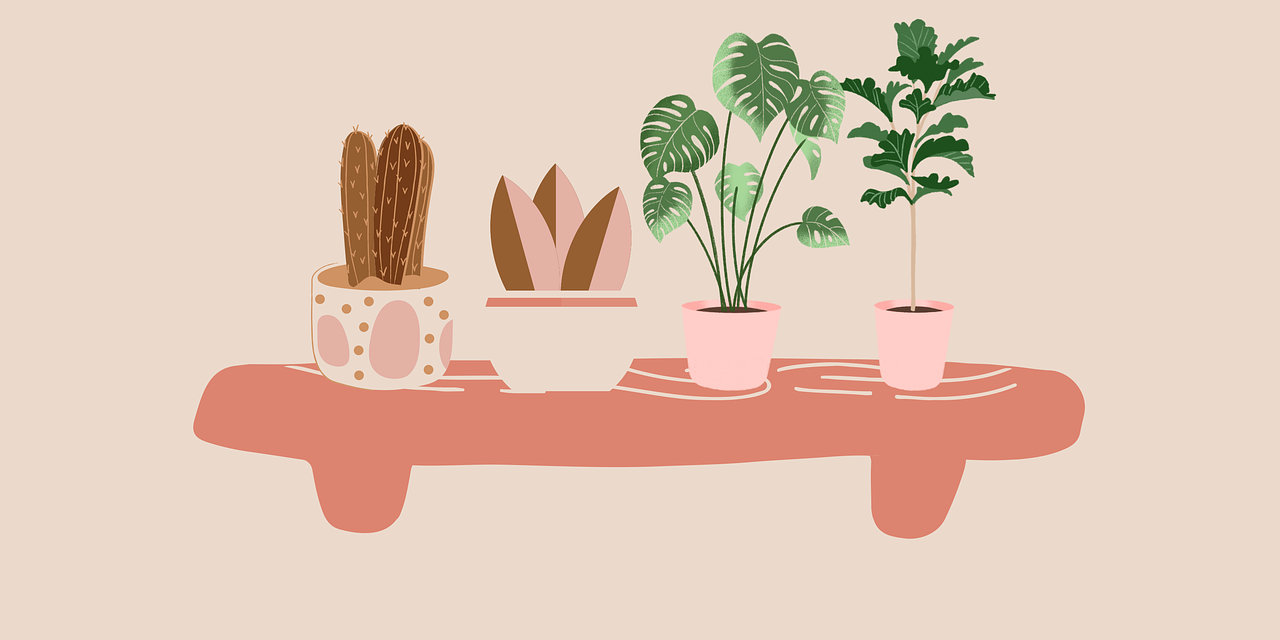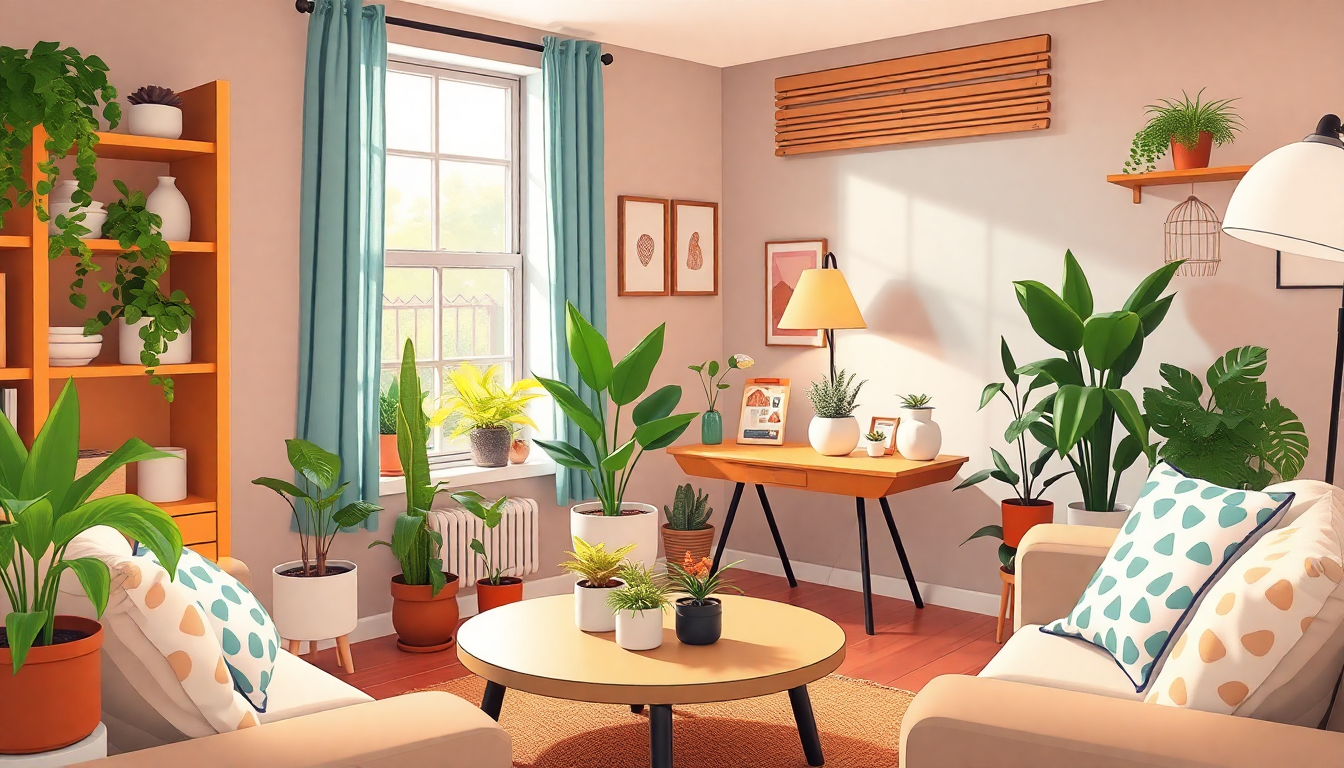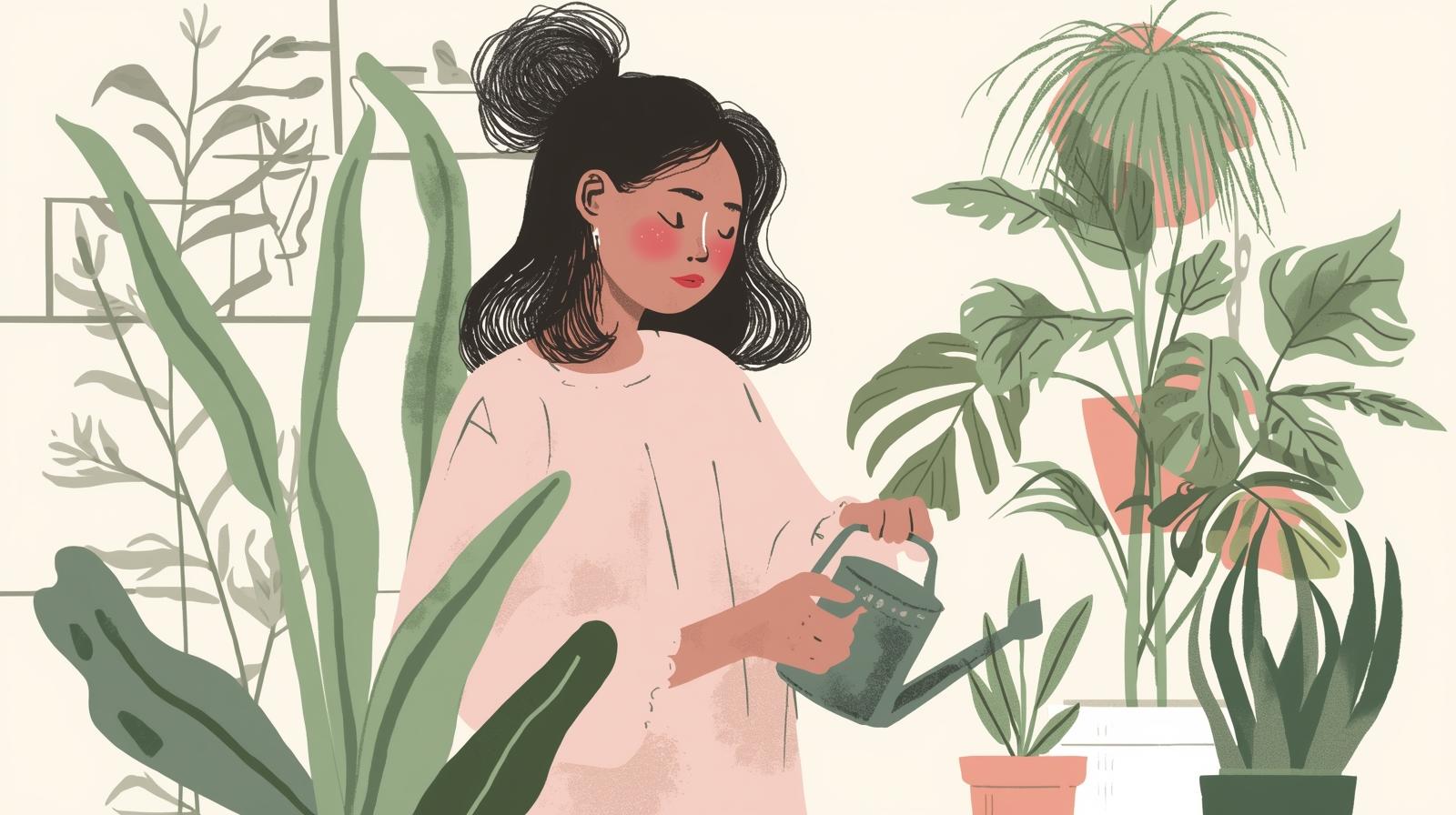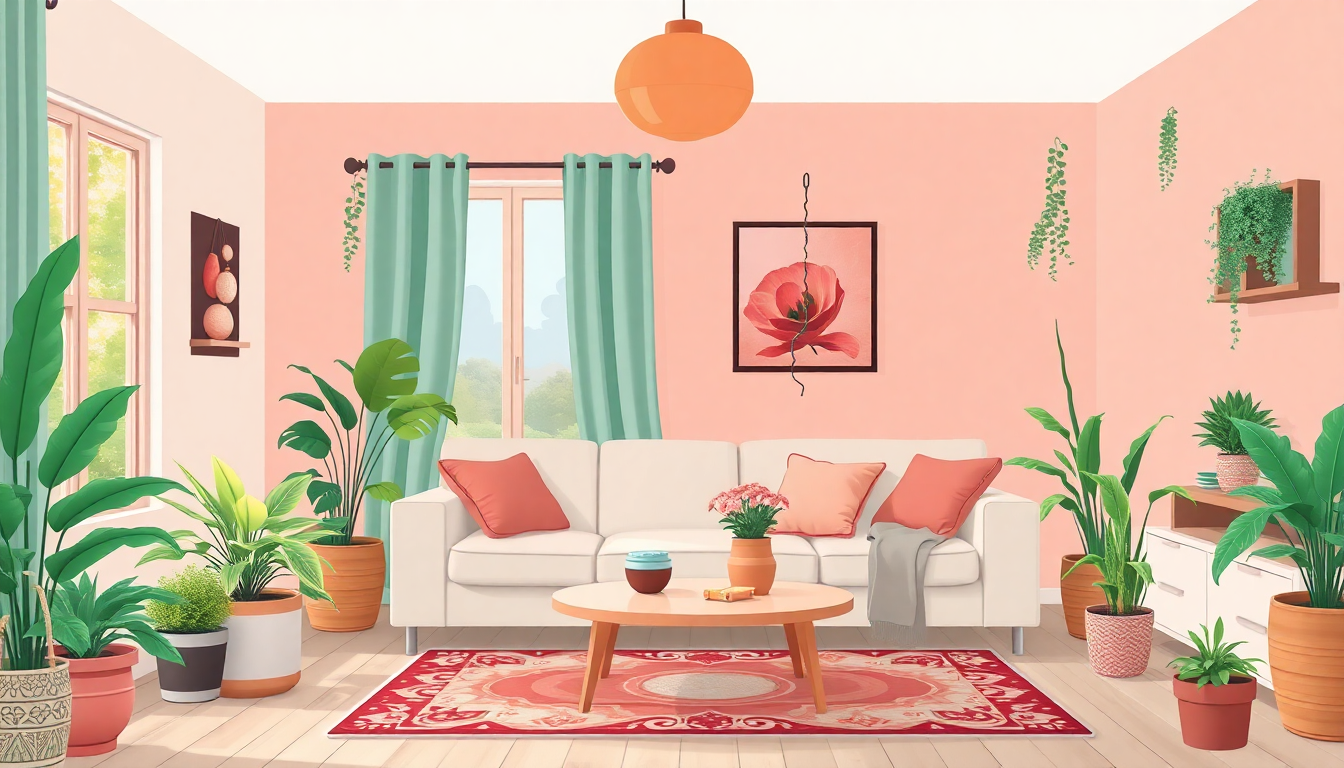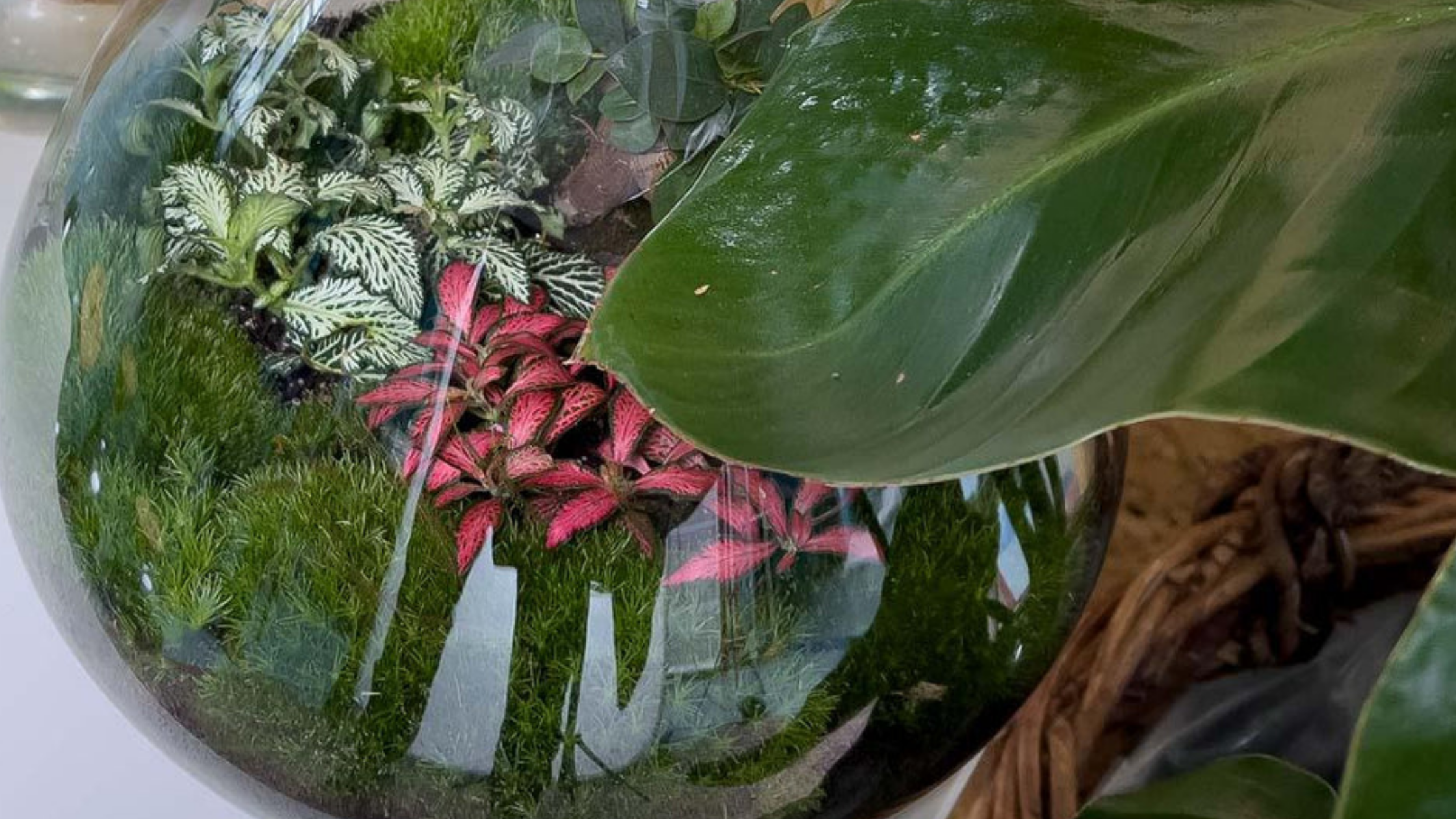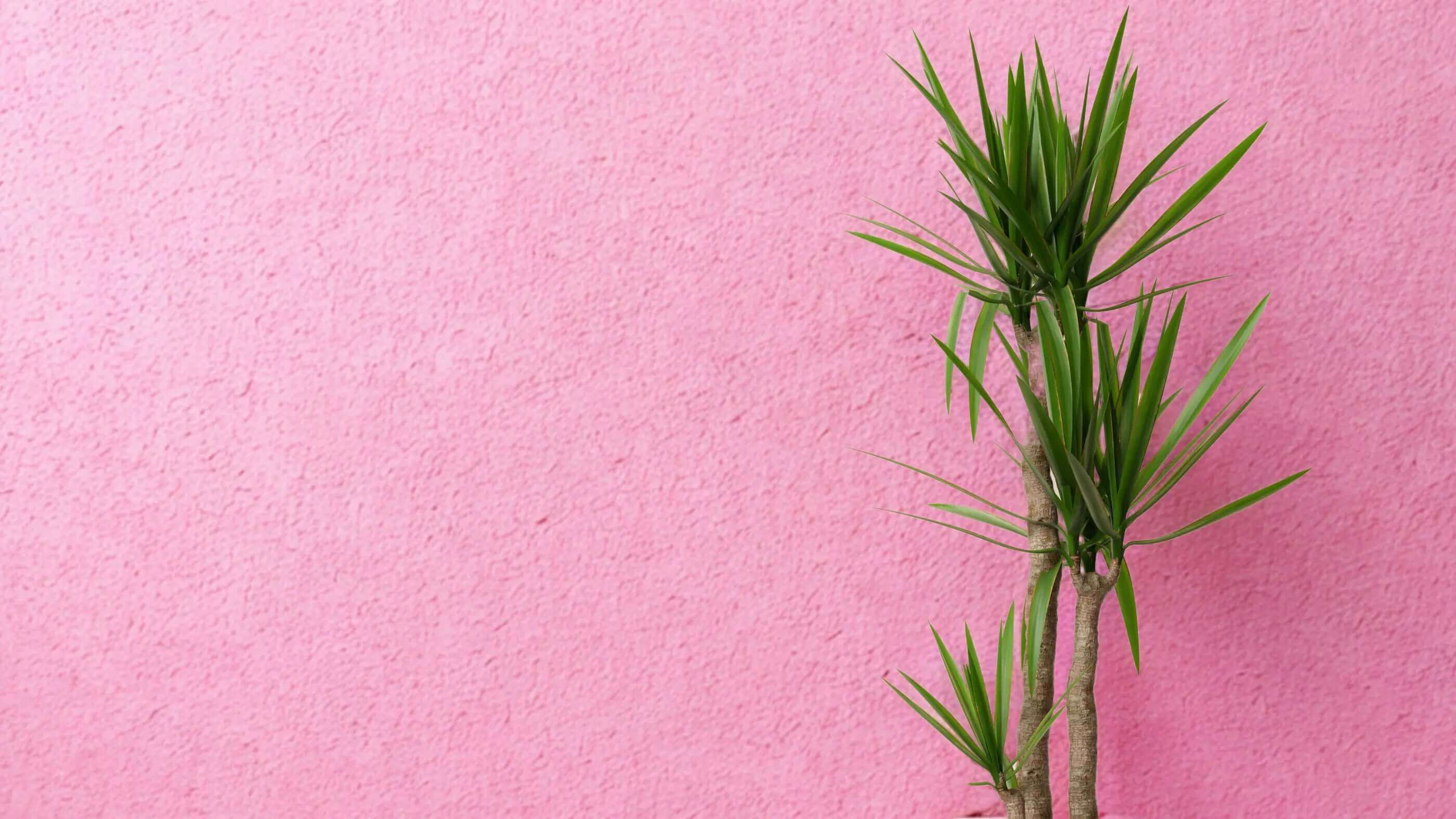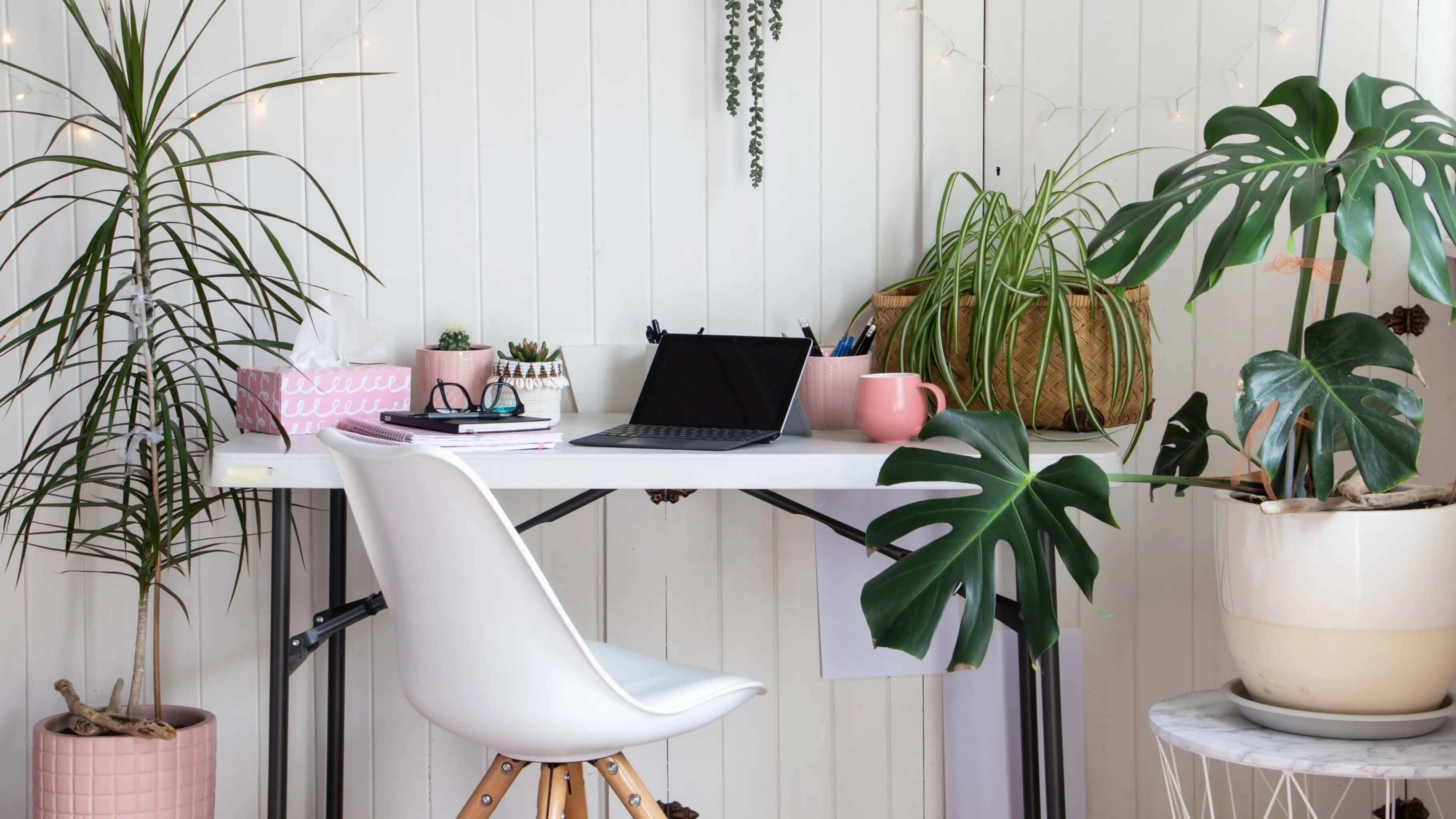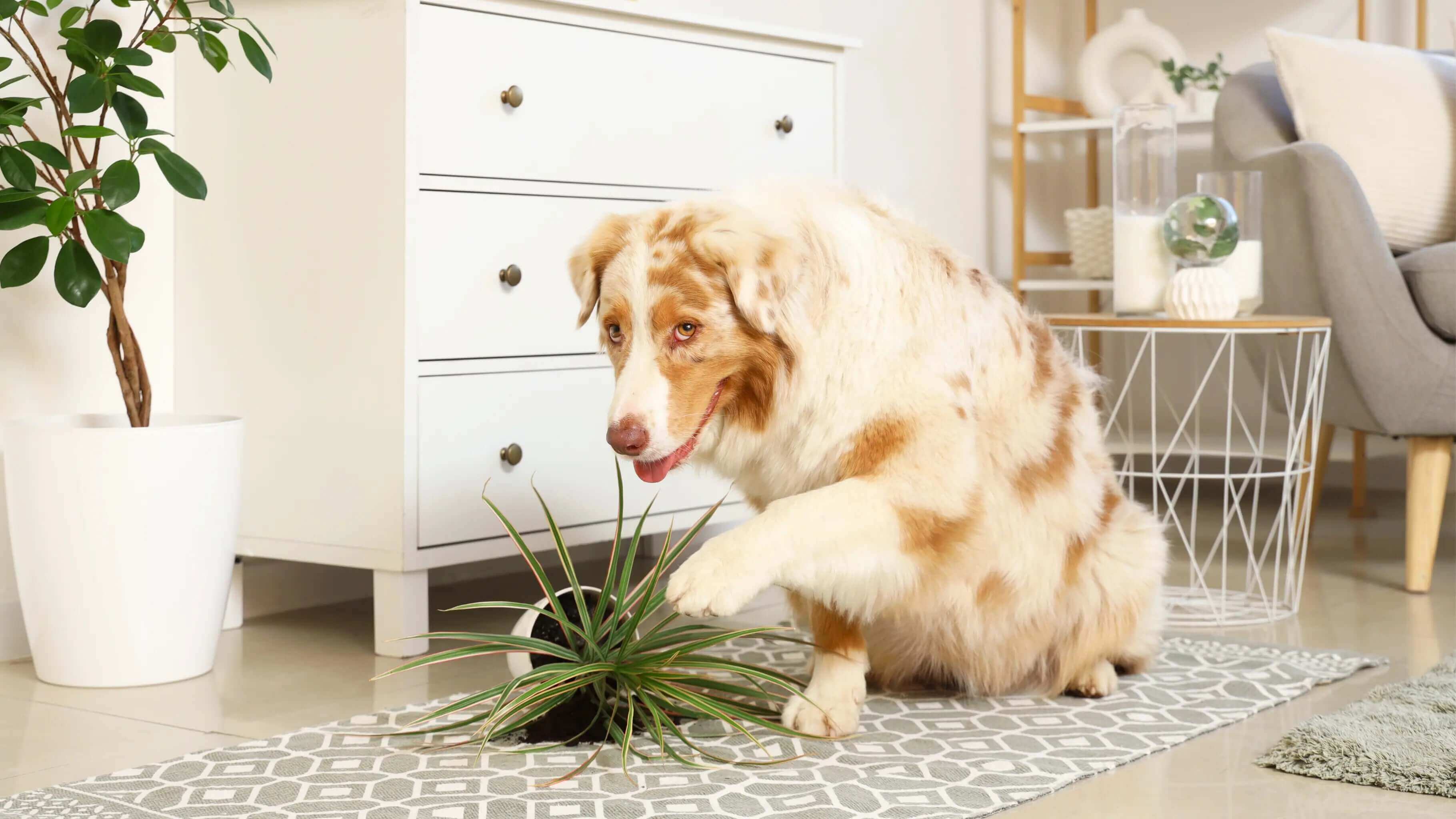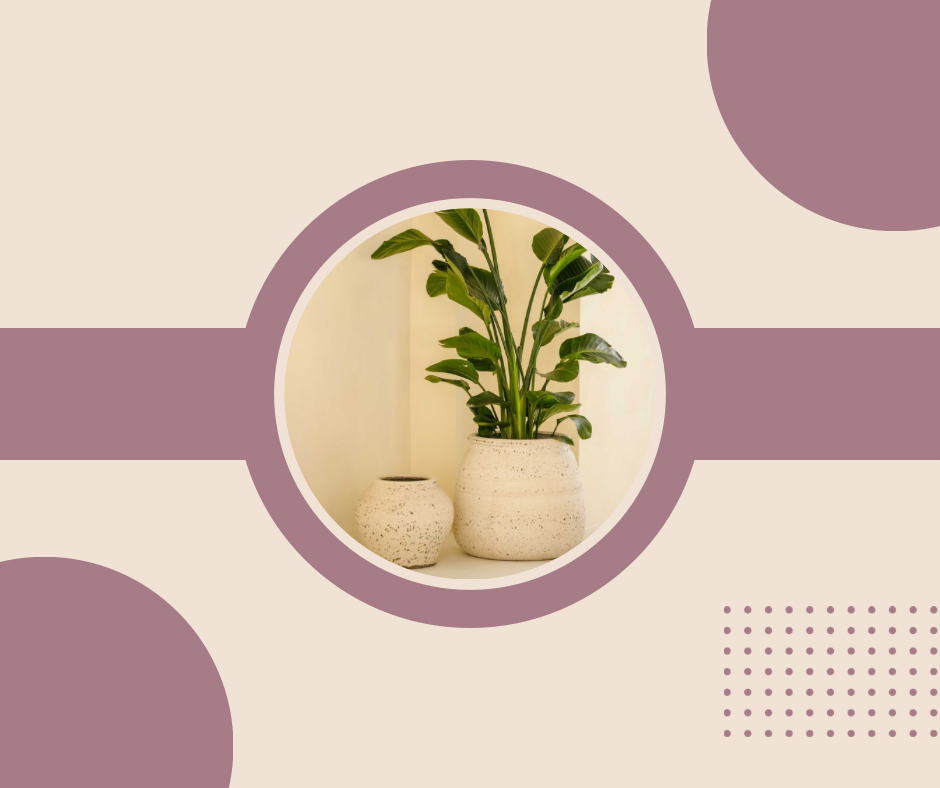You've watered it lovingly, chosen a nice spot, and maybe even talked to your plant. And yet… suddenly the leaves are drooping, brown edges are appearing, or you see yellow discoloration. Sound familiar? You're not alone. Even the most dedicated plant enthusiasts sooner or later encounter mysterious symptoms that demand a quick diagnosis.
In this blog post, we'll delve into the most common houseplant problems – from yellow leaves to drooping stems and unwanted pests. You'll learn how to recognize these signs, what they mean, and most importantly, how to solve them. Because a healthy plant isn't just more beautiful to look at; it also contributes to a more pleasant living environment.
Whether you're a novice plant parent or a seasoned urban jungle expert, this guide will help you make your green friends happy again. And trust us: they'll thank you (in their own quiet way).
Yellow leaves on houseplants

Leaves change color from bright green to a dull yellow. This often starts with the lower leaves, but can spread to the entire plant. Sometimes the leaves eventually fall off.
Why are my plant's leaves yellow? Yellow leaves are often a sign of overwatering, insufficient light, or natural aging.
-
Overwatering : The roots drown, depriving them of oxygen. This leads to stress and leaf discoloration.
-
Light deficiency : Too little sunlight hinders photosynthesis, causing the plant to lack energy.
-
Natural aging : Older leaves die off — a normal process, especially in plants like Ficus or Monstera.
Solutions
-
Check the potting soil : Is it constantly wet? Reduce watering and ensure good drainage. If necessary, use a pot with holes and a saucer.
-
Move your plant to a brighter spot : Indirect sunlight is often ideal. Avoid direct sunlight for sensitive species.
-
Carefully remove yellow leaves : This saves energy for healthy parts and prevents mold formation.
Extra tip: Use a moisture meter or stick your finger 2–3 cm into the soil to feel if your plant really needs water. Only water when the topsoil feels dry.
Brown leaf tips: what does it mean?

The edges of the leaves turn brown and dry, sometimes curling up. In some plants, such as Calathea , the leaves can even wither completely.
Why does my plant have brown edges? Brown edges on your houseplant's leaves could be caused by dry air, too much fertilizer, or sunburn.
-
Low humidity : Especially in winter or with central heating.
-
Over-fertilization : Too much feeding can damage the roots and cause salts to build up in the soil.
-
Sunburn : Direct sunlight can scorch leaves, especially on tropical plants.
Solutions
-
Increase humidity : Use a humidifier, place a bowl of water next to your plant, or group plants together.
-
Fertilize sparingly : Only during the growing season (spring/summer) and according to the recommended dosage. Check which plant food is suitable for your plant.
-
Move your plant out of direct sunlight : Sunlight is strongest between 12:00 and 15:00.
Drooping leaves: stress or thirst?

Leaves hang limply and lifelessly downward. The plant looks tired and lacks its usual shape.
Why is my plant drooping? Drooping leaves can indicate water shortage, root rot, or moving stress.
-
Water shortage : The plant is simply thirsty.
-
Root Rot : Too much water has damaged the roots, preventing them from absorbing water.
-
Relocation stress : A new location can cause temporary stress, especially in sensitive species.
Solutions
-
Water when the soil feels dry , but not too much at a time. Let the plant recover slowly.
-
Check the roots : Remove the plant from the pot. Brown, slimy roots? Remove them and repot with fresh, airy potting soil .
-
Let your plant get used to a new location : Give it rest and avoid additional stimuli such as repotting or pruning.
Note: Plants are creatures of habit. A sudden change in light, temperature, or humidity can throw them off balance. Give them time to acclimate.
Bugs on your houseplant: what now?

Tiny spots, webs, sticky leaves, discolored patches, or visible insects. Sometimes you only see them when you look closely under the leaves or at the base of the stem.
What kind of bug is on my houseplant? Common pests for houseplants include spider mites, aphids, thrips, and mealybugs.
-
Spider mites : Small red or white specks, often with webs. They suck sap from leaves.
-
Aphids : Green, black or white insects that accumulate on young shoots.
-
Thrips : Thin, elongated insects that cause damage to the leaf surface.
-
Mealybugs : White, fluffy balls that nest in leaf axils.
Solutions
-
Rinse the plant : Under the shower or in the sink. Make sure the soil doesn't get too wet.
-
Make a natural spray : Mix water with mild soap and a drop of neem oil. Spray the affected areas. Our plant sprayers are very handy for this and also add a nice touch to your interior.
-
Isolate the affected plant : Prevent spread to other plants.
-
Repeat treatment : Pests often return. Stay alert and treat multiple times.
Check regularly: Look under the leaves, at the base of the stems, and in the potting soil. Early intervention prevents further damage.
Share your plant worries with Myosotis Plants
Do you have a plant that's behaving strangely? Or a success story about a rescued houseplant? Share it in the comments or send us a photo via Instagram @myosotis_plants. We're happy to help and share your story with our community.

